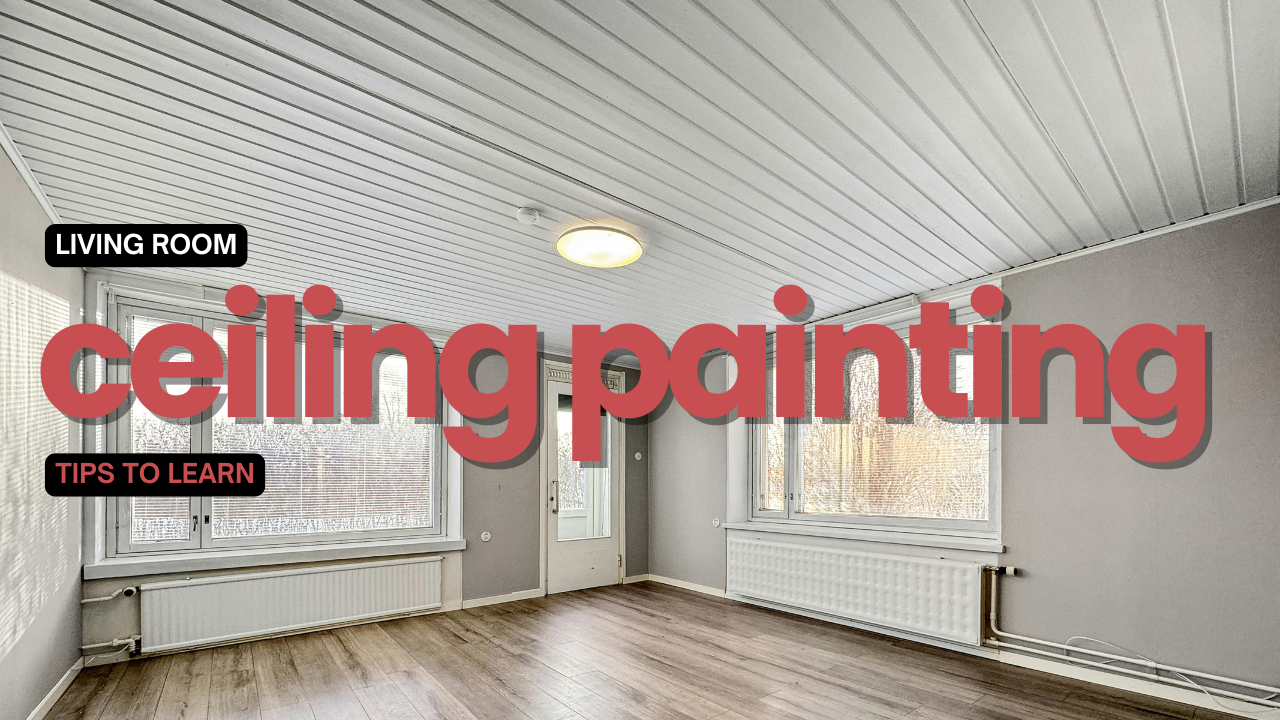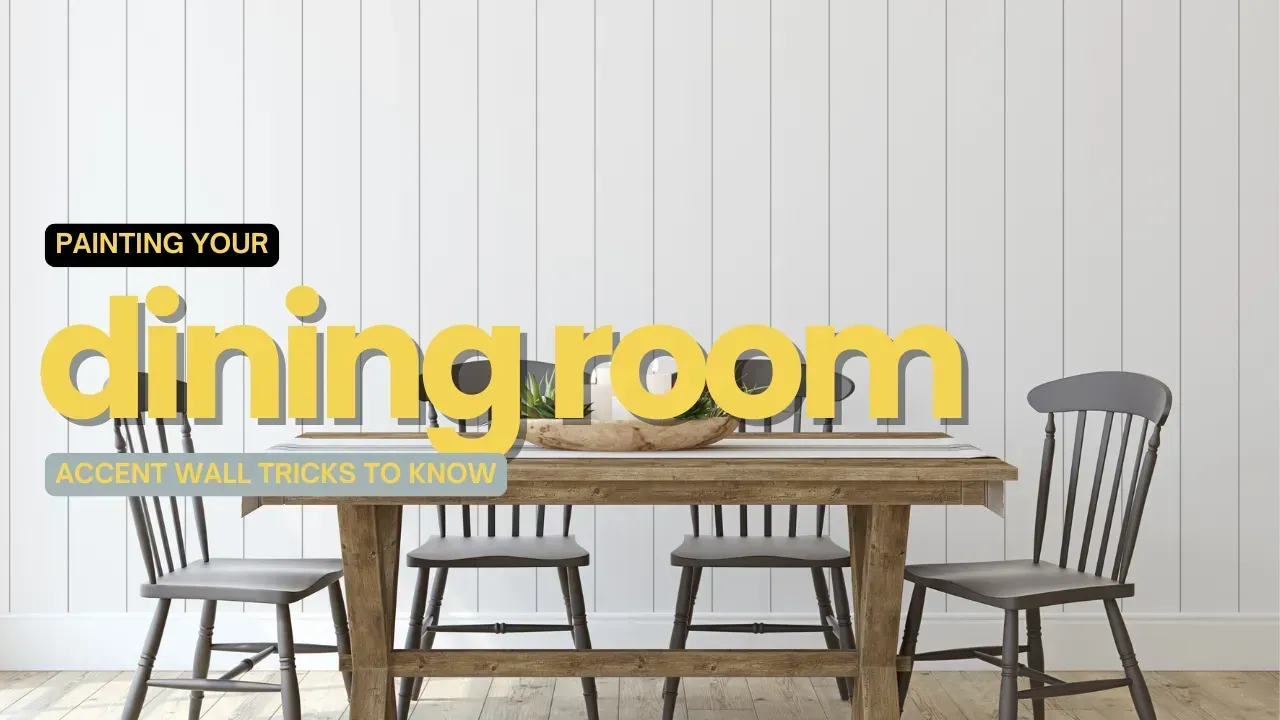How To Properly Prepare In Painting Your Home Office in Branford, CT
3. Gather the Right Tools and Supplies
Having the right tools and materials on hand is critical to a successful paint job.
Without them, you could find yourself scrambling mid-project or ending up with a less-than-perfect finish.
Here’s what you’ll need to get started:
- Paint and primer: Choose high-quality paint that suits your needs. If you’re painting over a dark color, a primer or paint-and-primer combo will help achieve even coverage.
- Brushes and rollers: Use brushes for cutting in along edges and rollers for larger wall areas. A medium-nap roller is a great all-around choice for walls.
- Painter’s tape and drop cloths: These protect your space and keep your work clean and tidy.
- Mixing tools and paint trays: A stir stick ensures your paint is well-mixed, while trays make it easy to load your roller.
Essentially, by having all the necessary tools and supplies before your project, you can keep your process efficient and stress free.

Painting your home office is a fantastic way to refresh your space and set the tone for productivity and creativity.
But before you dive into the project, proper preparation is essential to ensure great results.
While doing the effort might sound tedious, taking the time to prepare upfront can save you time, frustration, and costly mistakes in the long run.
So, without further ado, here’s a step-by-step guide on How To Properly Prepare for Painting Your Home Office.
4. Plan Your Paint Application
To ensure great results for your latest painting project, you’ll want to plan your painting approach in advanced.
What this essentially means is for you to get acquainted with proper painting techniques and determine the most efficient way to cover the space with paint.
Typically, you’ll want to:
- Begin with the ceiling if you’re painting it, then move on to the walls. Work from the top down to avoid drips ruining freshly painted sections.
- Use brushes for cutting in near edges and corners, and rollers for larger sections.
- Divide the room into manageable sections to make way for breaks every now and then, and ensure consistent coverage. If the space is bigger than what you can handle, don’t hesitate to call a friend or a family to assist you with your project!
Although this level of planning might seem overwhelming, it helps keep your project organized and minimizes unnecessary mess – essentially making the effort worthwhile!
5. Prime and Paint
Now, when you’ve undergone all the necessary preparations, there’s only one thing left to do – pick up the brush, and paint away.
To start your painting process, apply a fresh coat of primer first.
After having your coat of primer fully dry, you’ll want to proceed with your coat of paint.
When applying paint, use a roller for broad areas and an angled brush for edges and corners.
To have a smooth paint finish, roll in a "W" shape and then fill in the gaps.
Apply at least two coats of paint, allowing each coat to dry fully before adding the next.
Once you’re done, inspect the walls for missed spots or uneven areas, and touch up as needed.
At NHV Painters, we offer affordable, reliable, and durable painting services in New Haven, Branford, Milford, Orange, North Haven, West Haven, East Haven, and the surrounding areas for CT.
Book a FREE estimate below to get started or call us at (203) 606-2346 to talk about your project.
1. Clear and Protect Your Space
The first step for your proper preparation process is clearing out your workspace and ensuring everything is protected.
This helps create a safe, clutter-free environment while keeping your belongings out of harm’s way.
Start by removing anything that might get in the way.
- Take out furniture and décor, including desks, chairs, bookshelves, and wall art. If something is too large to move, push it to the center of the room and cover it with a drop cloth.
- Take down any wall hangings, such as artwork, clocks, or mirrors, and store any nails or hooks safely.
- Put down drop cloths or a plastic sheeting to protect your floors from any stray drips or spills. Then, use painter's tape to cover your trim, baseboards, light switches, and outlets.
Creating a blank canvas not only keeps your space safe but also makes it easier for you to focus on the task ahead, setting you in the right headspace for your project!
2. Prep Your Office Walls
Before getting right into your painting project, you’ll want to clean and prep your walls first.
Over time, dust, grime, and other surface imperfections can accumulate on your office walls, which can ruin your paint finish if not prepared first.
So, you’ll want to:
- Dust the walls with a dry cloth, and for areas with stains or grease, use a mild detergent to wipe them down. Allow the walls to dry completely.
- Check for imperfections like nail holes, dents, or cracks. Fill these with spackling paste or putty, then sand them down once they’re dry to ensure a smooth surface.
- If your walls have a glossy finish, lightly sand them to help the new paint adhere better.
Taking the extra time and effort to prep your walls will ensure your paint feels smooth and polished.



















